The first step in Kitchen Remodeling Tacoma WA is to decide what you want the finished product to look like. This is where you consider your goals for the project, including resale value.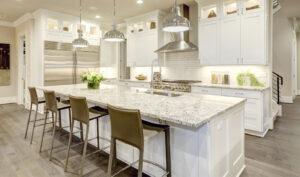
A common reason for kitchen remodeling is to remove bottlenecks that make it difficult or impossible to work efficiently in the space. These might include cabinets that don’t open easily or a layout that requires you to navigate an obstacle course while cooking.
1. Increased kitchen space
If you’re struggling with a kitchen that isn’t as spacious as it needs to be, then a remodel could be a great solution. Whether you’re constantly bumping into someone else while cooking or finding that your tools are scattered about the room, a kitchen remodel can improve the flow and usability of your space.
You may also find that you’re running out of storage in your current kitchen, which can be solved through a remodel as well. Adding more cabinets or building an extra pantry can help reduce clutter and keep your countertops free of food items, dishes, and tools. If you don’t have enough vertical space to add more cabinets, then utilizing the ceiling by installing a shelving system can be a good option as well.
Many homeowners choose to remodel their kitchens in order to improve the overall function of the space. This can include upgrading appliances with more useful features, knocking down a wall to add counter space, or simply reworking the layout of your kitchen to better suit your family’s needs.
Another reason to remodel a kitchen is to make it more environmentally friendly. By incorporating green features like skylights and energy-efficient appliances, you can reduce your environmental impact while saving money on your utility bills.
The final value of a kitchen remodel is that it can increase the resale value of your home. A remodeled kitchen is more appealing to potential buyers than an outdated one, which can make your home sell faster and for a higher price. This is particularly true if the kitchen was remodeled with high-quality materials. For this reason, it’s important to find a contractor that can provide you with a quality remodel at an affordable price.
2. Convenience
A kitchen is one of the most frequently used rooms in your home, so it’s important that it be functional and easy to use. Remodeling your kitchen can improve its overall function and make it easier to cook, clean, and entertain. Kitchen remodeling can also increase storage and add new appliances with convenient features.
Kitchen remodeling can also be a cost-effective way to update your home’s style. You can choose to replace the countertops, backsplash, and cabinets with different materials. In addition, you can also change the sink, faucet, and appliances to give your kitchen a more modern look. However, be careful not to over-customize your kitchen, as this may limit the appeal of your home to future buyers.
If you are looking to upgrade your kitchen without breaking the bank, consider making small changes such as painting or replacing hardware. These updates are relatively inexpensive and will make your kitchen look much more appealing. It is also a good idea to choose energy-efficient appliances and materials, which can save you money on utility bills.
Lastly, kitchen remodeling can also help make your home safer. Outdated kitchens can contain a number of health hazards, including unsafe wiring, slippery flooring, and mildew. Hiring a professional kitchen remodel contractor can ensure that your kitchen is up to code and safe to use.
3. Aesthetics
The kitchen isn’t just a functional room; it is an extension of your home’s aesthetic. And while there is certainly wiggle room within any style to incorporate personal touches, the whole space should feel congruent and cohesive.
When choosing kitchen colors and finishes, start by determining what your desired aesthetic is. For example, if you like a clean, crisp look, you might want to consider using shades of white on the walls, cabinets, and countertops. This color scheme can make a room appear bright and airy, which can also make it appear larger.
If you love a more whimsical, rustic feel, you may choose to use pale woods and natural stone in your kitchen. Alternatively, you might opt for a transitional design, which blends the comfort and warmth of traditional styles with the clean lines and neutral color palette of contemporary designs.
Another way to spruce up the aesthetic of your kitchen is by upgrading your backsplash. This is a low-cost, easy-to-install feature that can make a big difference in the overall appearance of your kitchen. Choose a backsplash tile that complements other kitchen features and design elements, such as your counter tops, paint colors, or even the style of your appliances.
Another simple way to improve your kitchen’s aesthetic is by opting for open shelving instead of closed cabinetry. This can elongate your cabinet space and make it look larger, while still providing plenty of storage for crockery and glassware. It’s also a great option if you like to display your favorite items in the kitchen, and it can be fun to play with different arrangements to keep things looking fresh and interesting.
4. Energy Efficiency
Kitchen remodeling is one of the best opportunities to make your home more energy-efficient. Reducing your energy and water usage can save you a significant amount of money over time. Often times, this investment will pay off more than the initial costs of the remodel.
If you’re upgrading your refrigerator or dishwasher, consider purchasing an energy-efficient model. Appliances with the Energy Star label meet specific energy efficiency criteria established by the Environmental Protection Agency. Replacing older appliances with newer models can significantly cut your utility bills.
Another opportunity for a more energy-efficient kitchen is installing a new ventilation system. Updraft vents reduce air pollution from cooking and baking, as well as unpleasant smells. This can also improve comfort, especially for people with allergies or a sensitivity to odors.
Renovating an old kitchen can also be an opportunity to add or replace windows. Properly positioned windows maximize daylight and can greatly reduce heating and cooling costs. If your existing windows are in need of replacement, consider adding double-paned glass or energy-efficient options.
Finally, the right light fixtures can make a big difference. LED lights, for example, produce little heat and can help save you money on your utility bill over the long term. If you’re replacing kitchen lighting fixtures, look for ones with an Energy Star rating.
Whether you’re planning a full-scale kitchen renovation or just updating a few fixtures, a thorough assessment of your motivations and budget is a good place to start. We can help you find the perfect solution for your home’s needs. Contact Houseplay today to get started. Our team of skilled remodeling contractors is ready to guide you through the preparation, design, and construction phases of your kitchen remodel or any other space in your home that requires a facelift.
5. Value
When it comes to resale value, kitchen remodels offer one of the highest returns on investment. A quality remodel can return up to 78% of the cost. However, it is important to choose a design that fits your lifestyle and budget. For example, a kitchen renovation is a great opportunity to add energy-efficient appliances and eco-friendly materials. This will reduce utility bills and save you money over time.
Kitchen remodeling can also be a great way to address safety and functionality issues. For example, adding a GFCI outlet and relocating electrical outlets will help prevent potential fire hazards. Moreover, upgrading to more efficient lighting and faucets can significantly reduce your energy costs. Finally, adding a backsplash and new countertops can improve your kitchen’s aesthetic and boost its value.
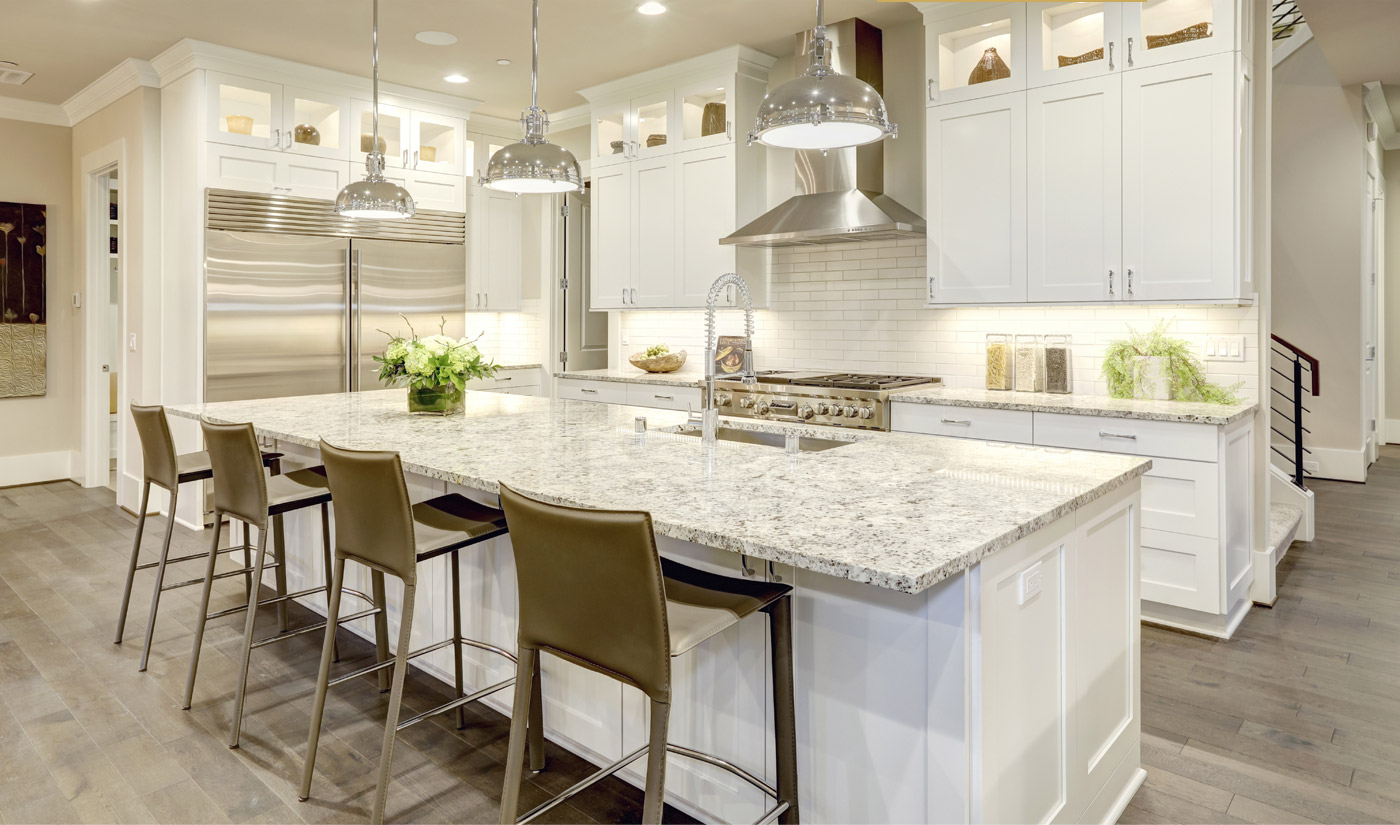
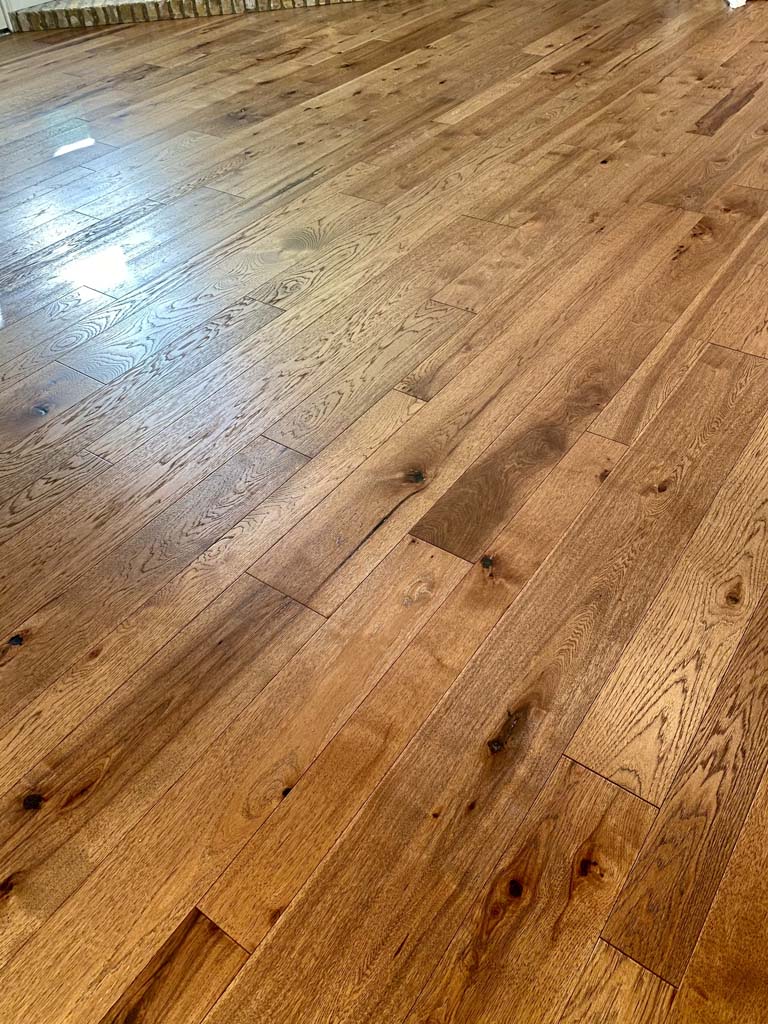
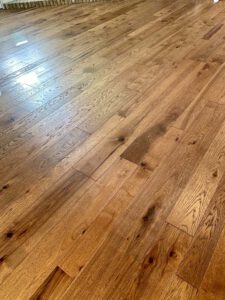

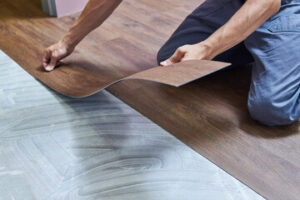
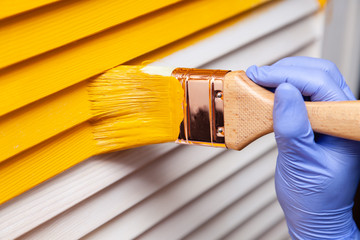
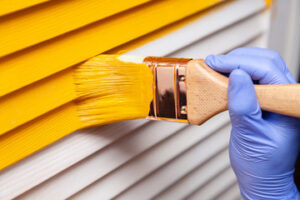
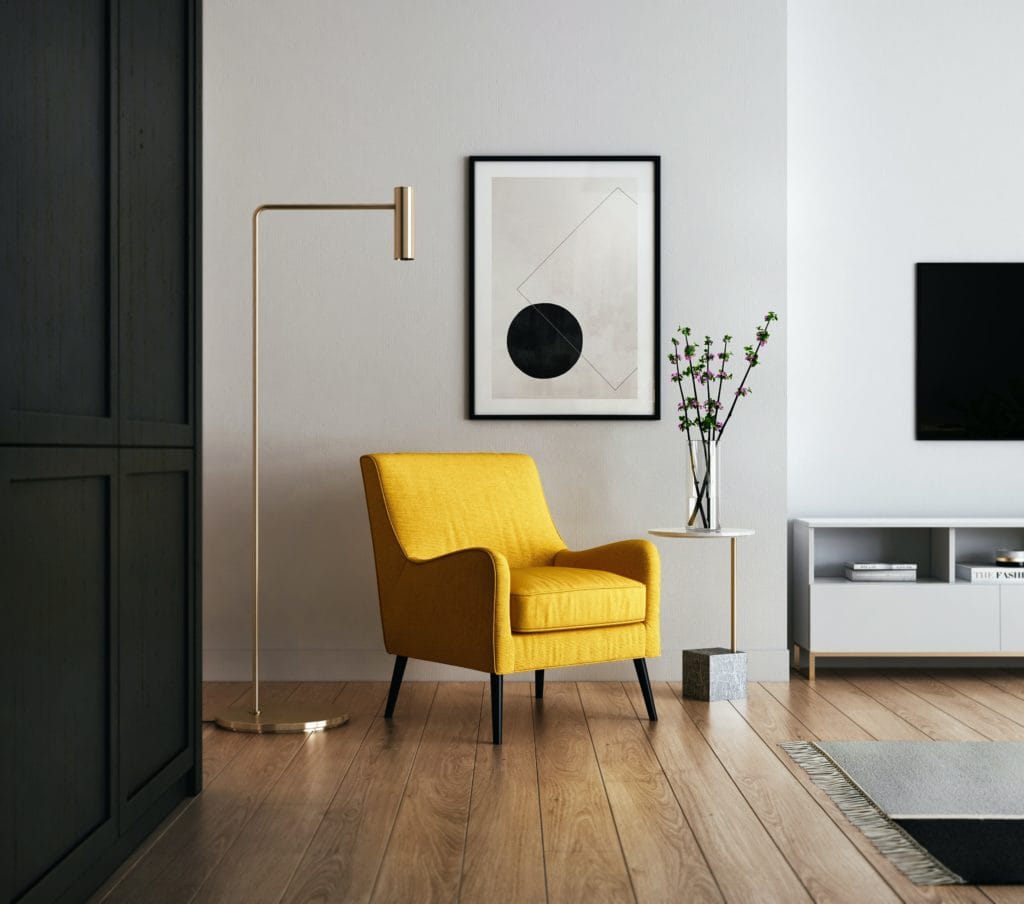

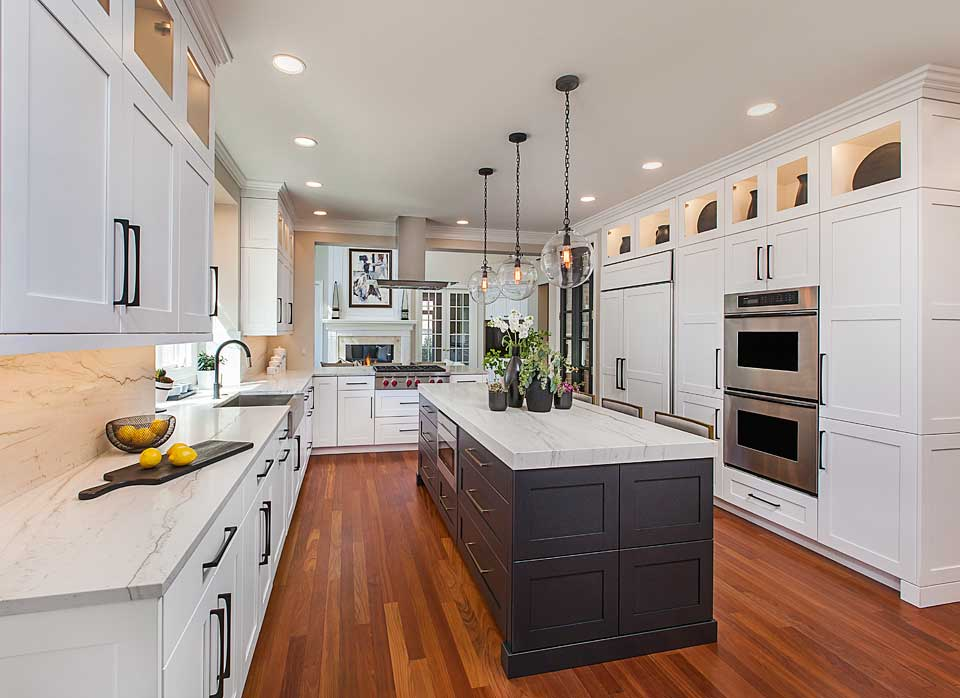
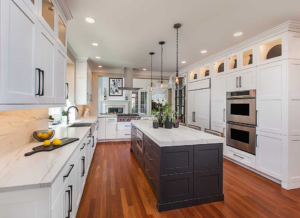 Putting a kibosh in a kitchen can be a daunting task. One must keep in mind that a kitchen is a place where family and friends will congregate in droves. You’ll need to come up with a game plan to make your kitchen a happy place. Luckily, there are many high-tech options to choose from. A good kitchen design consultant can steer you in the right direction. Using a reputable company will ensure you get the best possible fit for your needs and budget. It’s no secret that a reno will involve a lot of planning and compromises. In the end, it will all pay off in spades. The right combination of design and decor will ensure a happy family in the end.
Putting a kibosh in a kitchen can be a daunting task. One must keep in mind that a kitchen is a place where family and friends will congregate in droves. You’ll need to come up with a game plan to make your kitchen a happy place. Luckily, there are many high-tech options to choose from. A good kitchen design consultant can steer you in the right direction. Using a reputable company will ensure you get the best possible fit for your needs and budget. It’s no secret that a reno will involve a lot of planning and compromises. In the end, it will all pay off in spades. The right combination of design and decor will ensure a happy family in the end.